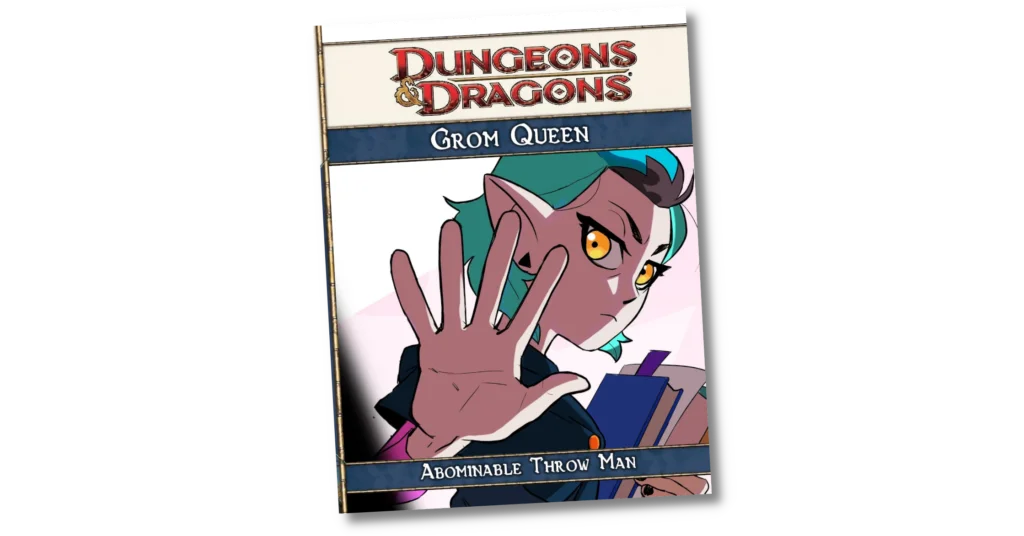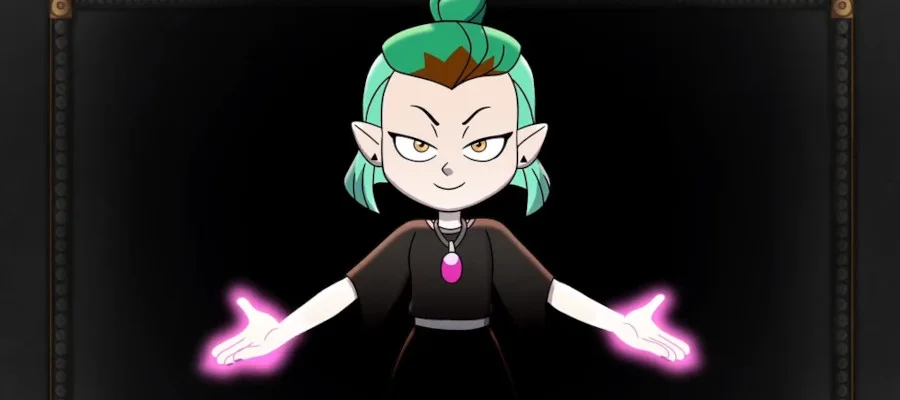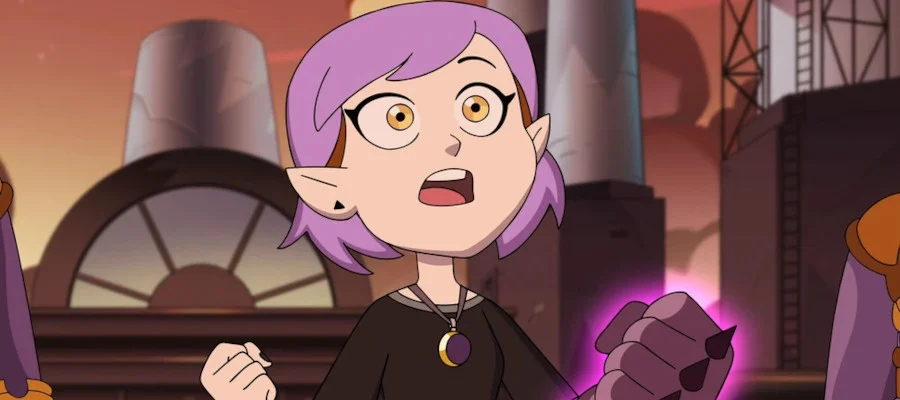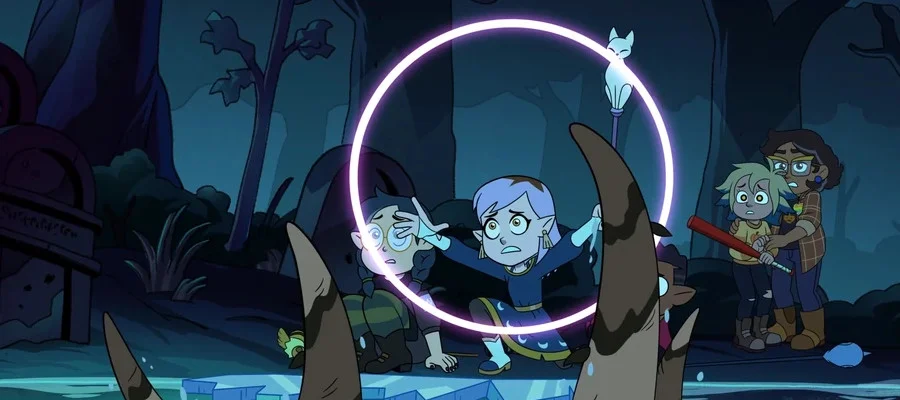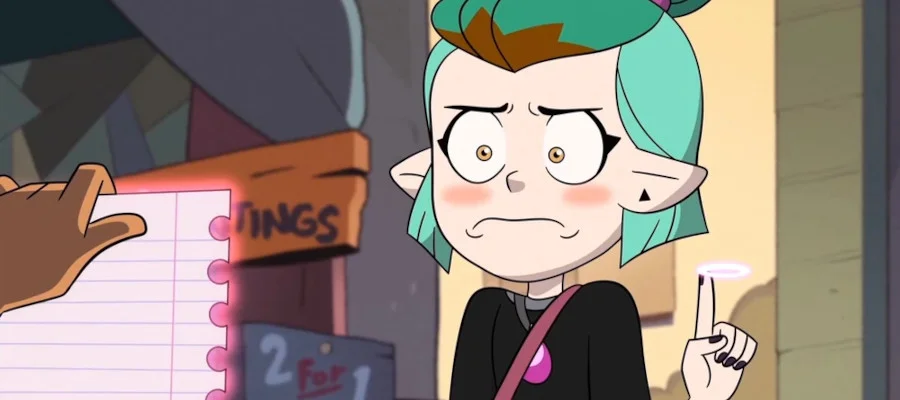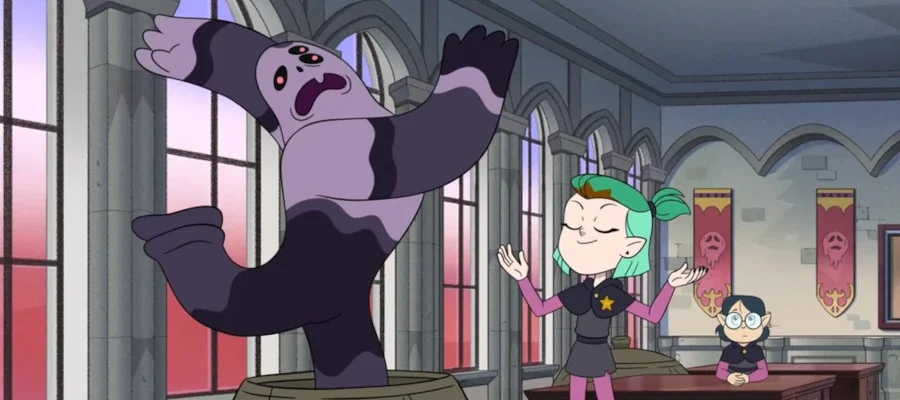In How To Be we’re going to look at a variety of characters from Not D&D and conceptualise how you might go about making a version of that character in the form of D&D that matters on this blog, D&D 4th Edition. Our guidelines are as follows:
- This is going to be a brief rundown of ways to make a character that ‘feels’ like the source character
- This isn’t meant to be comprehensive or authoritative but as a creative exercise
- While not every character can work immediately out of the box, the aim is to make sure they have a character ‘feel’ as soon as possible
- The character has to have the ‘feeling’ of the character by at least midway through Heroic
When building characters in 4th Edition it’s worth remembering that there are a lot of different ways to do the same basic thing. This isn’t going to be comprehensive, or even particularly fleshed out, and instead give you some places to start when you want to make something.
Another thing to remember is that 4e characters tend to be more about collected interactions of groups of things – it’s not that you get a build with specific rules about what you have to take, and when, and why, like you’re lockpicking your way through a design in the hopes of getting an overlap eventually. Character building is about packages, not programs, and we’ll talk about some packages and reference them going forwards.
Hey, you know The Owl House? That’s a recent animated television program that has all sorts of conversations around it about the way queer representation gets handled and creators get treated and yes, did you know, did you know that Disney are a bad company? It’s the first I heard of it too! Anyway, The Owl House kicks ass so I want to do a How To Be about a character from it and…
And how hard could this be if … oh jeeze, I see the word count.
Okay!
Analysis of Character
The thing that surprised me about Amity was how varied her powers were. When I started this, I did so assuming that Amity’s magic was largely just Abomination magic. This presented an interesting challenge about how to handle Amity herself, because if that’s all she did, then you kind of run out of stuff for her to do things in the build. Abominations are really flexible, but they’re big and they’re dumptrucks, and pets in D&D 4e tend towards being simplified units, and also very rarely larger than the character who summons them.
The impression I got of Amity was that this was kind of what she does, but silly me, turns out the Owl House Fandom Wiki is full of references to her doing other kinds of magic. Sure, she was an Abomination specialist (and we’ll talk about that), but she could also do a range of other magics, including picking up Luz’s glyph magic. This frees up the build to have some variety to it.
We don’t see Amity wearing heavy armour, and we see her using ‘Abomination Goo’ to make a variety of tools. There’s no fixed weapon we see her use, per se. Shields are more likely to be magical in nature.
Amity is definitely meant to be a spellcaster too, with magic as a learned process. It suggests anything she does should be intelligence based. Normally I’d say she’s obviously an Arcane class, but there’s an added wrinkle in the last few episodes where she’s shown doing the same magic with natural elements – wood and mud, for example. The power is definitely external but I feel like it could be Arcane or Primal.
- Arcane or Primal power source
- Light or no armour
- Usually no weapon
- A very important pet
- Room for non-pet powers
- She’s definitely not human
Basics
Sometimes, a character’s build has a bunch of needs I need to address up front. For Amity, the main thing I think you need to best convey all the possible ways an Abomination can be used is to pick up the Ritual Caster feat. This feat lets you do a lot of spells that are out-of-combat affairs, things that Amity would know how to do when she has time to prepare a potion or summon up an Abomination or the like. This requires training in Arcana or Religion, which seem to be likely things for Amity too. While some builds may get those two skills just for rolling out of bed, for those that can’t, check out the Apprentice of Sinister Cabal background, which gives you Arcana and Dungeoneering as class skills, and she was a member of a siniser cabal called a corporation.
Another option, if the setting permits it, is the Mark of Creation feat from the Eberron setting. It includes more things, but those things aren’t really high-priority to me. Still, if you like alchemical items, Mark of Creation will cover a lot of what Amity does and add in some potions for the early game.
Rituals are an ongoing investment. As you level up, you’ll get opportunities to buy some more. Some that feel very appropriate to Amity include Hold Portal (summoning some goop hands to keep a door closed), Fastidiousness (a bit of sparkling magic to clean up), Feat of Strength (summon a goopy hand to do something strong), and Summon Gargoyle (summon some flappy goopy boys).
Glossary Note: Conventionally, the term used in D&D for this mechanical package is race. This is the typical term, and in most conversations about this game system, the term you’re going to wind up using is race. For backwards compatibility and searchability, I am including this passage here. The term I use for this player option is heritage.
For heritage, we know Amity isn’t human, and she wants intelligence. For that reason in these builds, I am starting with the Tiefling as a base platform to work from, because it’s an int-based heritage that doesn’t add a teleport to your powers.
And that’s the only stuff that translates across all these builds.
Artificer
When you look at the Owl House characters, in general, I feel like the Artificer has the right feel for how Amity works. Sure, she doesn’t match the Artificer perfectly, nor does the Artificer match her perfectly, but of all your choices for arcane characters, it’s the one that works best. She’s not a wand-and-book wizard (except when throwing fireballs), she’s not a sword mage, she isn’t a sorcerer — and sure, we don’t see Amity doing a lot of healing (that’s more Willow’s thing), it’s not much of a reach for an Amity who wants to support her friends and have a big chunky monster on hand to protect.
For the Abomination, an Artificer needs to pick up a pet with the Fey Beast Companion. That’s a really good theme, I’ve already exhorted it in the past, but if you want it to be a chunky beast that hits hard, you want the Baby Owlbear. This can feel like a sort of ‘game mechanic’d’ version of an Amity Blight, where the way the show makes things look takes a backseat to the mechanical needs of the game.
This is something I recommend you go for if you want to be as simple as possible. If you’re a starting player who got interested in 4th edition D&D based on ‘oh, I could play Owl House like this and it has tactical combat?!’ This is your starter pack. Play a smart Amity, go for a Tiefling, take Artificer and Fey Beast Tamer. It gives you Ritual Caster for free and the Arcana study too!
Druid
Next step up in complexity, Amity as a druid. There’s a druid that does support magic, with access to the human-form druid powers, which gets to be good in that term of ‘oh fine I guess’ from me. Amity can do primal magic, we know she can do spells that use mud and sticks and thorns and her palisman is made of wood, so there’s not necessarily the same ‘unnatural’ magic in her world.
There are two problems with this for my tastes. The first is that while the druid gets to make cool summons that fit really well for the Abomination summoning energy, this is a Wisdom-based build. It doesn’t work as well as an Intelligence-based build, and there’s just not much intelligence based stuff for druids to build out of.
The second problem is that if you’re talking about a leader that can summon with powers, heal people, and has a pet, the Artificer build is just as good, relies on Intelligence… but those summons aren’t as good, because they don’t have Instinctive Action, which is where a summon left to its own devices will find something to do. The Artificer summons need to be told what to do every turn.
But this gets to use an aesthetic that works, you can pretend the gap between wisdom and intelligence is smaller for you than it is for me. You might see Amity as more wise now she’s come to terms with her parents and her relationship to them. I don’t know, it’s up to you.
Cavalier
And here’s the weirdest one, which is the one I find the most interesting.
First things first, this is also a Fey Beast Tamer build. It’s a charisma-based attacker, too. Tiefling, focus on Charisma and Constitution, with Intelligence as a supporting stat to improve your skills for rituals. You don’t need to fret about strength or dexterity much for this build either, because what you’re doing is you’re building a cavalier as an all-purpose charisma-based tank. At level 4, you take Call Celestial Charger as your utility power.
See, the Fey Beast Tamer is the Amity. Your character, as played, is Amity: a medium character who stands next to (or sometimes rides around in) a large creature. If your cavalier is mounted, they’re functionally a 2×2 beast, under your control, and you can hide behind it. But when combat isn’t happening, you’re not a Fey Beast, you’re an Amity, a smaller kid or just a short person standing next to this enormous Abominable mess.
This build as played is really simple! It’s just a Cavalier who takes ritual feats, and all the utility is being a big skill nerd, and all the combat power is a big dumb lunk that you throw around. It doesn’t even need to be considered personality-based, because it’s Amity’s personality driving its attacks. What’s more, Amity moving around the battlefield can move to stand next to other people away from her abomination and grant them her aura!
I think this build is cool because it’s mechanically simple but thematically clever. No need to invent a new class where controlling the monster is all the player has to do: the mechanics are there, and we have a simplified character who uses very little gear on the sideline. Plus all the ritual gear, you make the abomination carry it!
Junk Drawer
The cavalier build started out with just trying to find a large entity you could control as a player, and the mount is the best and easiest way to do that. The Abomination summons the mount, then gets onto it, so that feels a lot more like ‘making a big abomination’ then keeping a horse around as a reagent for making your abomination larger. But still, the size gap between shortstack and tall medium works just fine for representing a Swordmage or Warden if you want to play more with the nature theme or arcane theme. You could also use the Fey Beast Tamer trick to make any given character you want to play as the abomination, but I was trying for abominations that are just great big hit-things-with-weapons magical type. It probably wants to be melee, like an Avenger or a Knight, if you want to keep managing the pieces simple.
I like this character a lot, and I like particularly the ways that she fits with some ideas like a D&D game, without necessarily already being a D&D game. There’s a closeness to the thematic space, but it’s not as instant and free as (say) Robin Hood as a Ranger. There’s enough of a gap between what she does and how she does it, and how D&D would assume a character would do that to create an interesting creative space.
Oh and I think The Owl House is really good. You should check it out, if you’re waiting for a recommendation!
This article was reposted from Talen’s personal blog.
You can find the original at Press.exe

